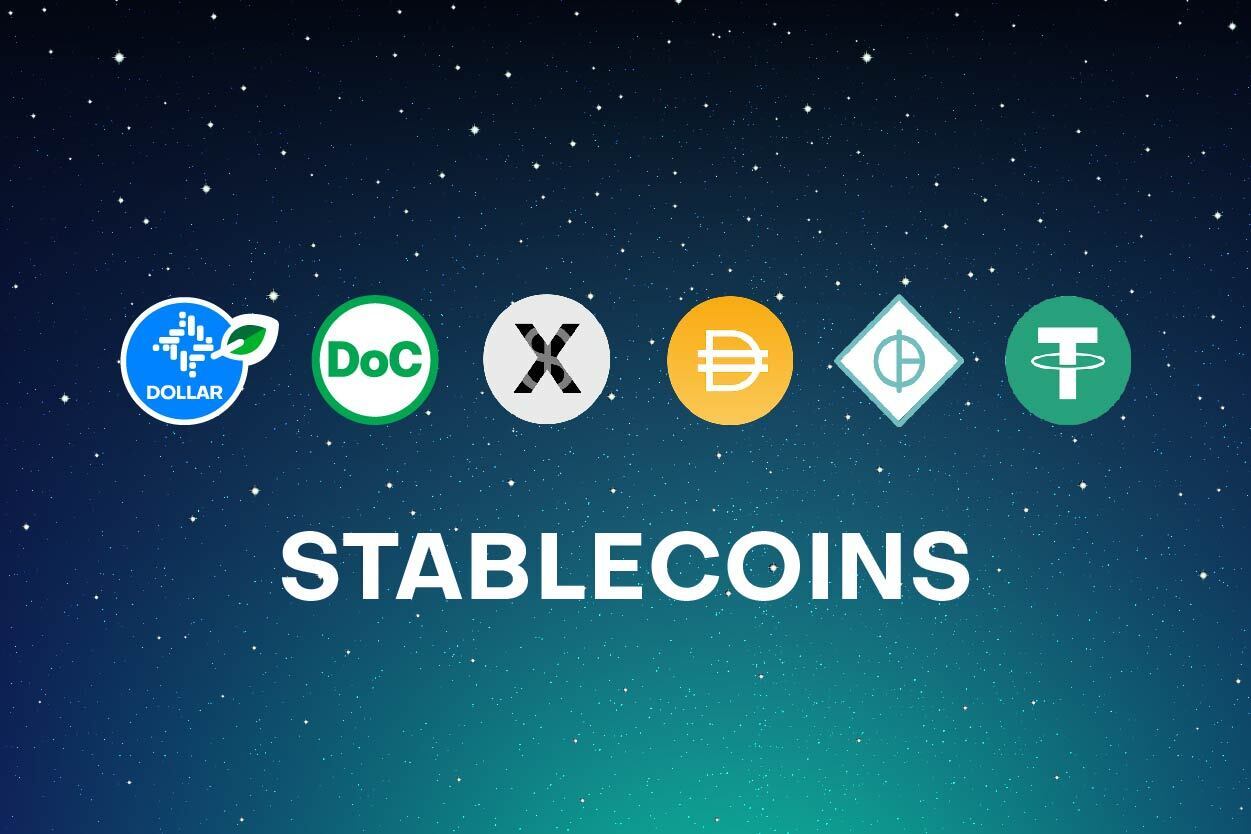Amid the market turmoil, crypto investors are starting to turn to stablecoins like USDT and USDC to protect against losses. These USD-pegged stablecoins are the obvious winners of the recent crash, but it seems investors are taking things a step further this time. USDT volume on the Ethereum blockchain shows that investors are expanding their activities in these stablecoins.
USDT provides the much-needed hedging
During the crypto market downtrend, only a handful of cryptocurrencies have managed to hold their value. These were all stablecoins, and while some of them had lost value, the majority were able to hold value in the peg and provide investors with a much-needed hedge. The sheer amount of USDT being moved by investors on a daily basis is evidence that investors are turning to stablecoins to weather the bear market.
On May 12, the volume of Tether-USD transactions on the Ethereum network hit a new all-time high. The data shows that more than $33 billion worth of USDT was moved through the network. This is significantly more than the 24.5 billion USDT turned over on February 4, 2021, the previous all-time high.
However, the motivations for both records were the same: investors exiting highly volatile digital assets and using an asset that offers a degree of stability. These investors are not yet looking to convert their digital assets into fiat currencies, and assets like USDT or USDC are trusted options to protect against losses in the crypto market.
But not every stablecoin is completely trustworthy, as the Terra UST crash shows. The putative stablecoin pegged to Bitcoin was also expected to hold the $1 level, however, due to the market turmoil, Terra UST collapsed and plunged as low as $0.15. This bloodbath caused Terra's cryptocurrency called Luna to become worthless over the past few days.
Ethereum fees are skyrocketing
One thing investors who invest in stablecoins like USDT face is the increased transaction fees on the Ethereum network. With so much volume being moved across hundreds of thousands of transactions, the network is predictably congested and as a result has to increase gas rates to process those transactions.
This was the case on May 12, when the network had recorded a large number of transactions. Network gas fees for a single USDT transaction rose to as much as $20 that day. Up to 182,000 Tether transactions were carried out within 24 hours.
Despite this high demand for the stablecoin, the market cap has not reflected it. Instead of rising, it is down 0.05% over the past 24 hours. Nonetheless, it remains the investor darling as it is the largest and supposedly most trusted stablecoin out there.
My Top PicksHoneygain - Passive earner that pays in BTC or PayPalMandalaExchange -The Best no KYC crypto Exchange!
BetFury - Play And Earn BFG for daily Bitcoin and ETH dividends!
Pipeflare - Faucet that pays in ZCash and Matic, Games pay in DAIWomplay - Mobile dApp gaming platform that rewards in EOS and BitcoinCointiply - The #1 Crypto Earning SiteLiteCoinPay -The #1 FaucetPay earner for LitecoinLBRY/Odysee - YouTube Alternative that lets you earn Money by viewing videos!FaucetPay - The #1 Microwallet PlatformFREEBTC - The #1 FaucetPay earner for Satoshi'sFaucetCrypto - An earning/faucet site that pays out instantlyFireFaucet - An earning site that pays better for some than Cointiply
DogeFaucet - Dogecoin Faucet
xFaucet - BTC, ETH, LTC, Doge, Dash, Tron, DGB, BCH, BNB, ZEC, FEY - Claim every 5 minutes
Konstantinova - BTC, ETH, LTC, Doge, Dash, Tron, DGB, BNB, ZEC, USDT, FEY, 25 Claims Daily


Comments
Post a Comment